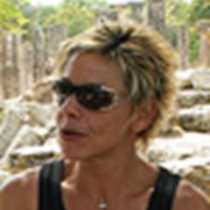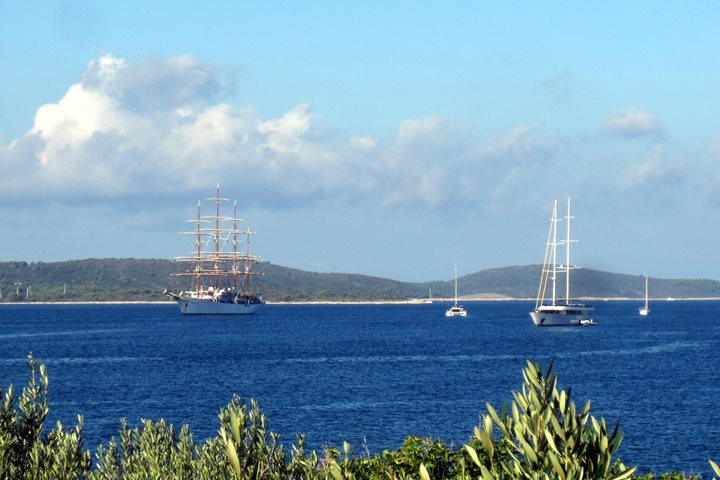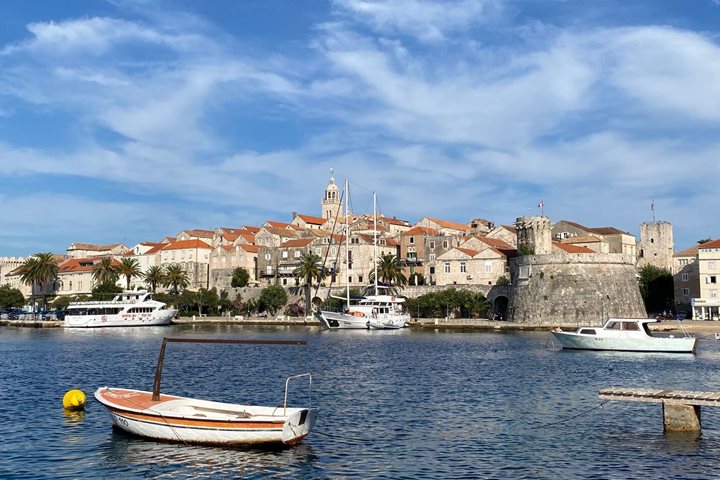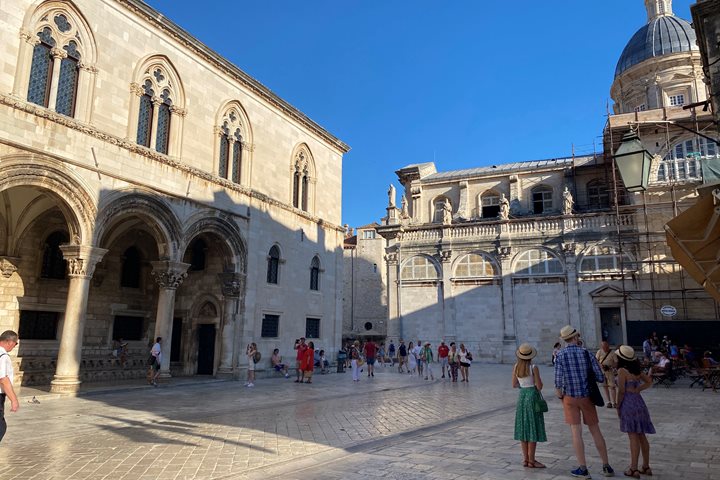Early in the morning we arrived on the island of Ithaca, homeland of the legendary King Odysseus. The sunrise found us in the hospitable bay of Vathy. The calmness and serenity of the water, so clear and transparent, were unreal.
Using the ship’s Zodiacs, we made it to the port and from there, our tour to the island began. First, we drove to the biggest monastery on the island, the 17th century Monastery Katharon, where the miraculous icon of the Virgin Mary is kept. The monastery is located at high elevation, and views from the bell tower balcony were breathtaking. We could see the bay of Vathy, the isthmus of Ithaca that connects two parts of the island, and the mountains of nearby Cephalonia. Cameras started clicking, capturing as much as we could of what lay before our eyes.
After our visit to the monastery, we drove to the picturesque village of Stavros. In the main square stands a bronze bust of Odysseus, a chart of his adventurous journey from Troy, and a small reconstruction of his palace. It is said that lower on the island, in a cave, some interesting archaeological artifacts of bronze and clay were found. The artifacts are thought to be from Mycenaean times, when the island reached its fame thanks to the powerful and prudent King Odysseus, who helped the Greeks win the Trojan War.
The journey of Odysseus from Troy back to Ithaca lasted very long time, and it was full of adventures, obstacles, and challenges caused by Poseidon, the god of the seas who was angry with Odysseus. Since then, the name of the island has become synonymous with nostalgia and homesickness. Odysseus himself has become the inspiration of intellectuals, novelists, poets, and artists for the challenges he faced in his life.
We returned to Vathy and to Sea Cloud and prepared to set sail on the Adriatic Sea toward the Dalmatian coast, leaving Greece behind. Ithaca, with its beauty and legacy, was the best farewell to Greece.









